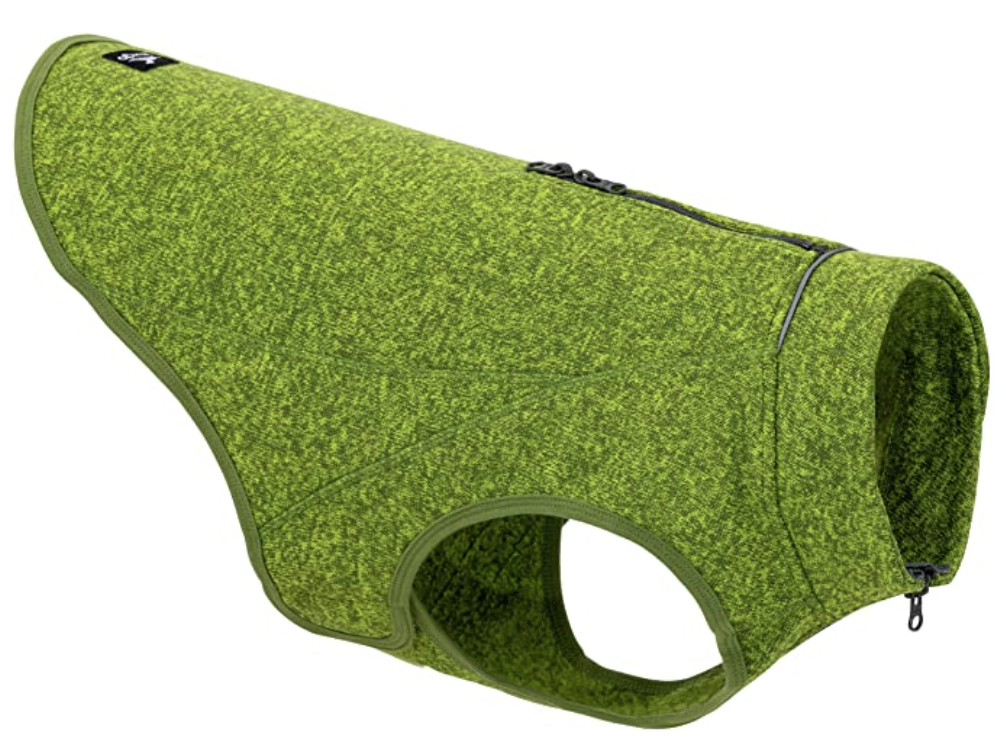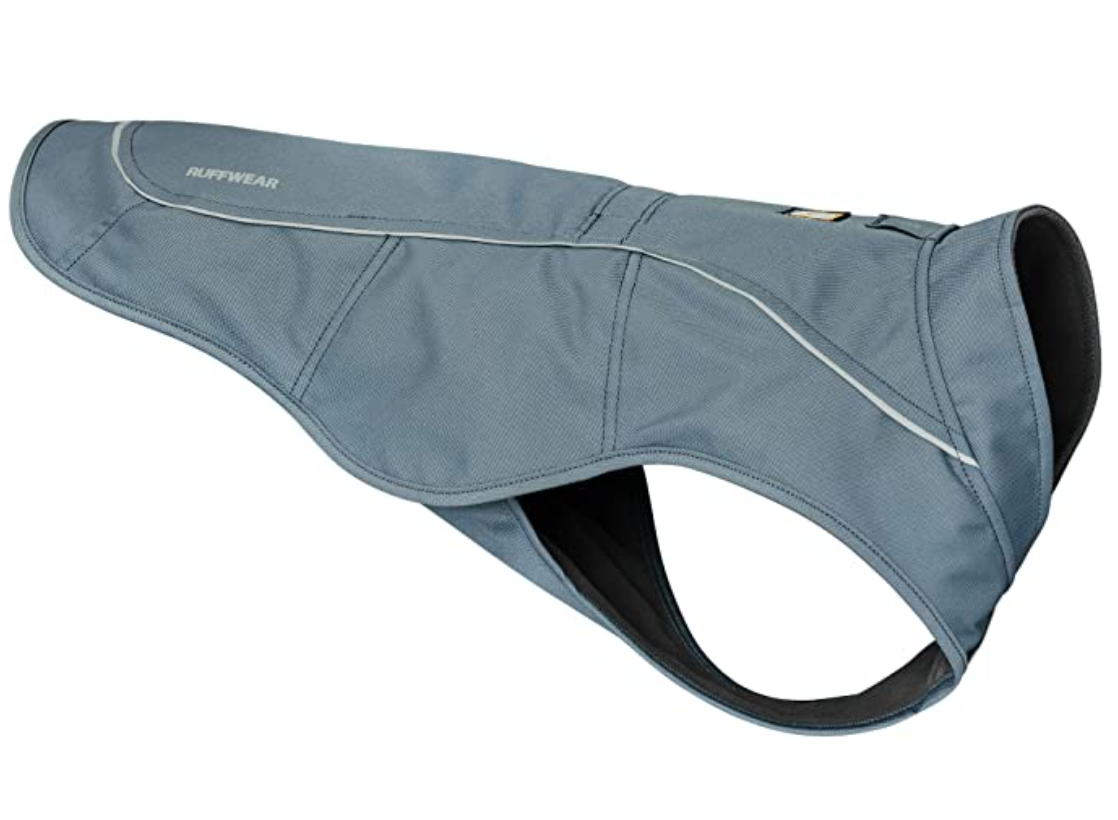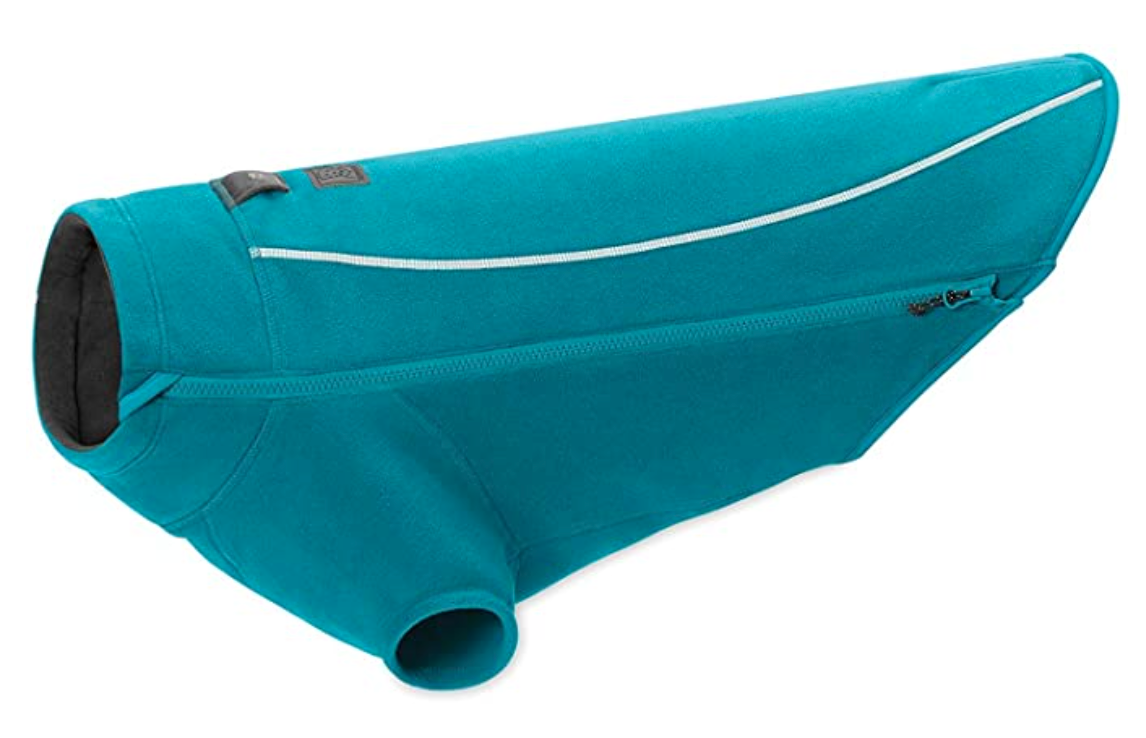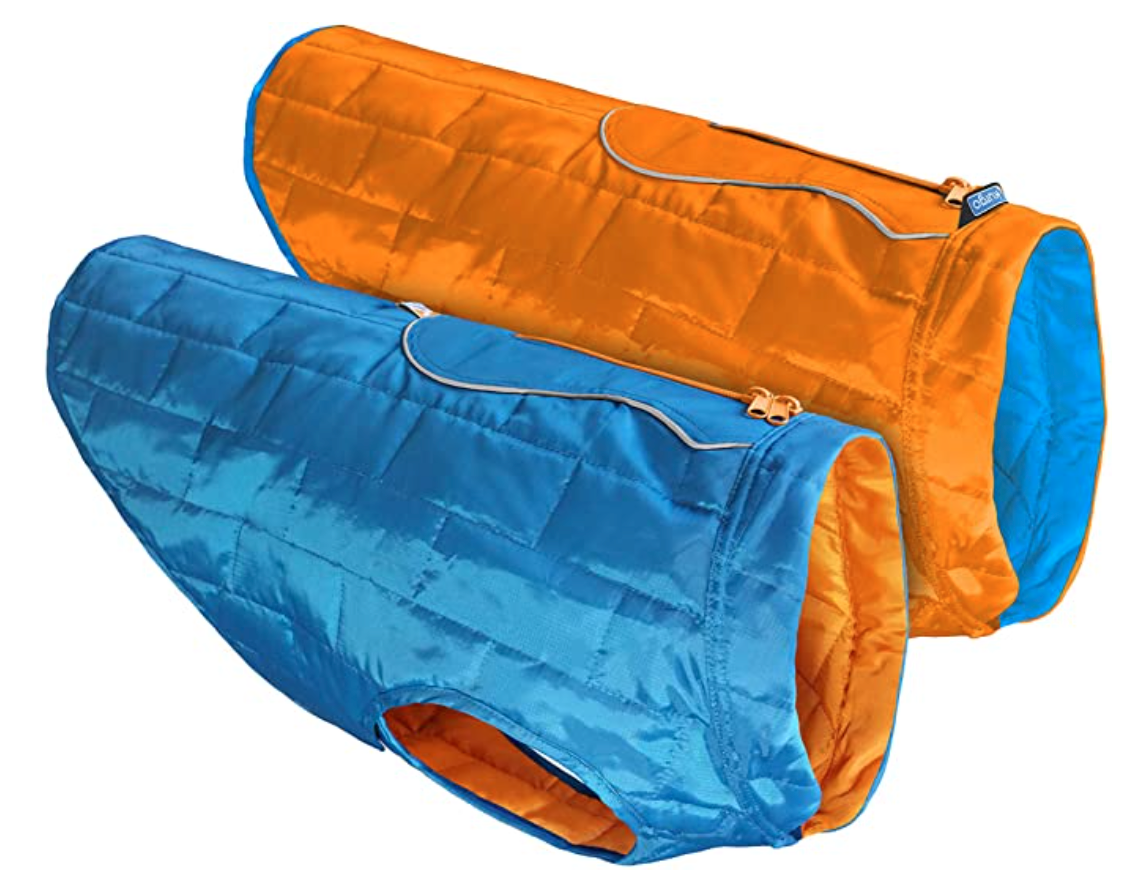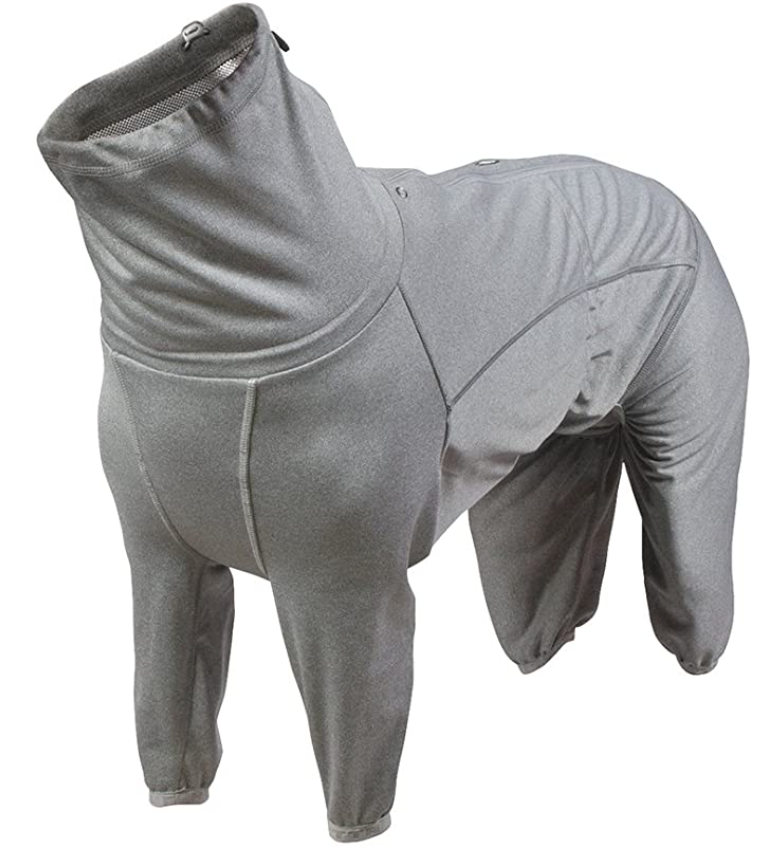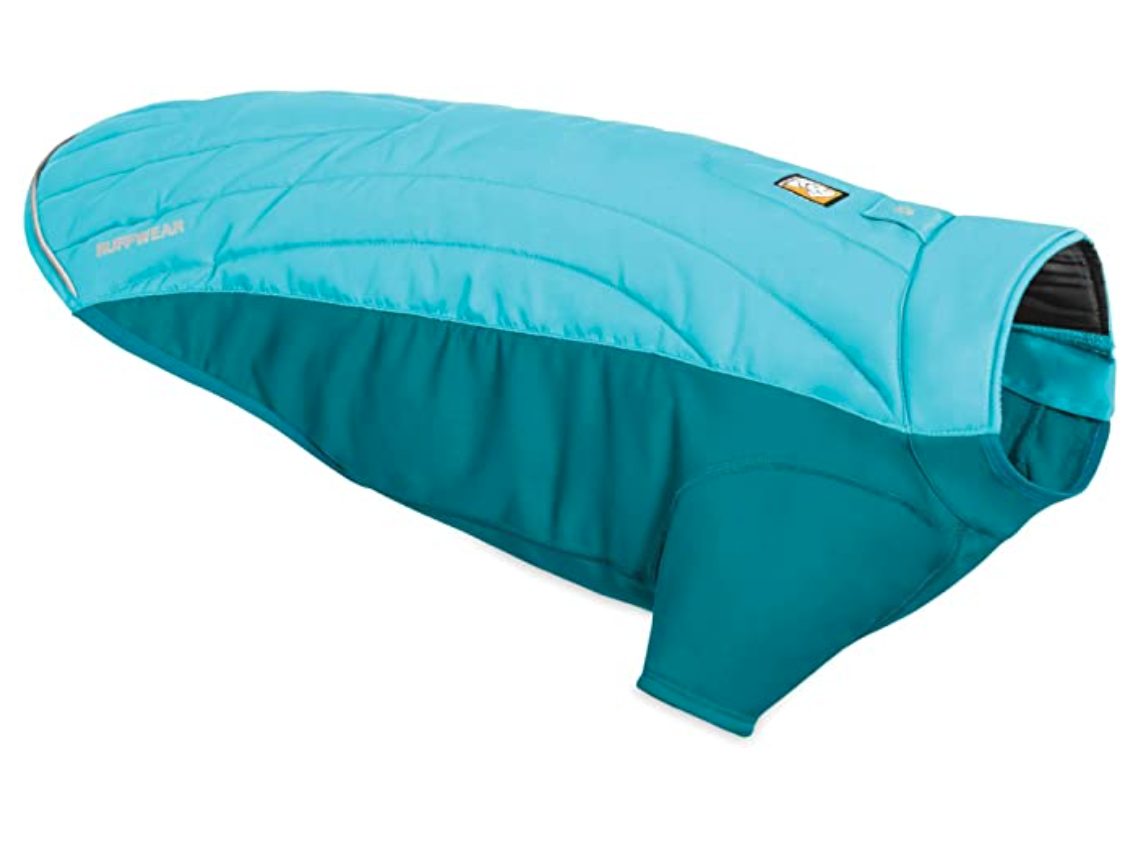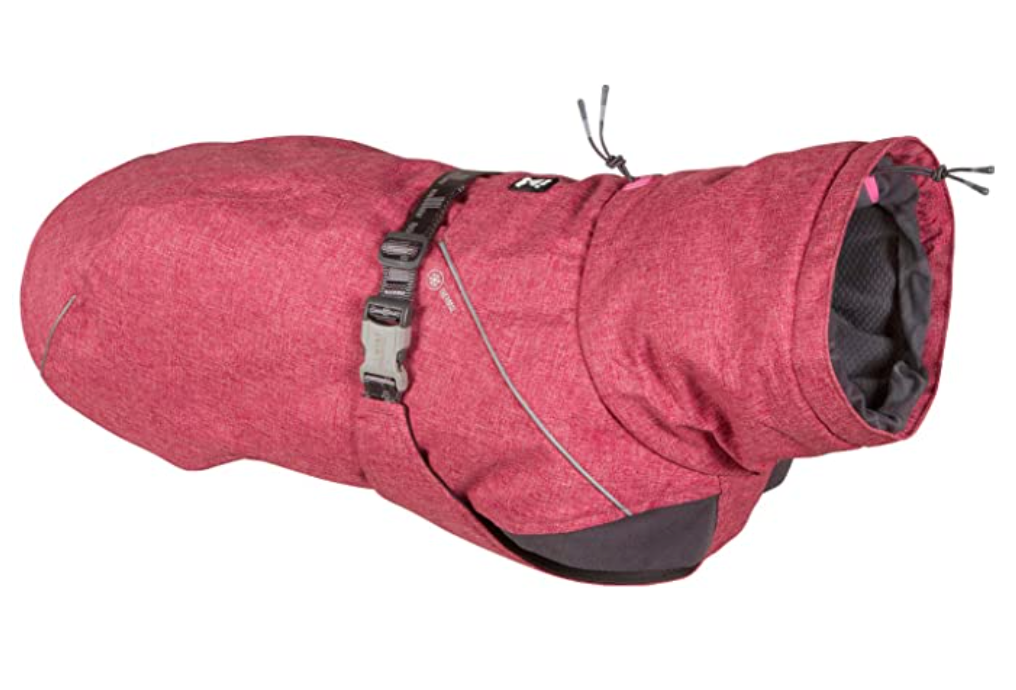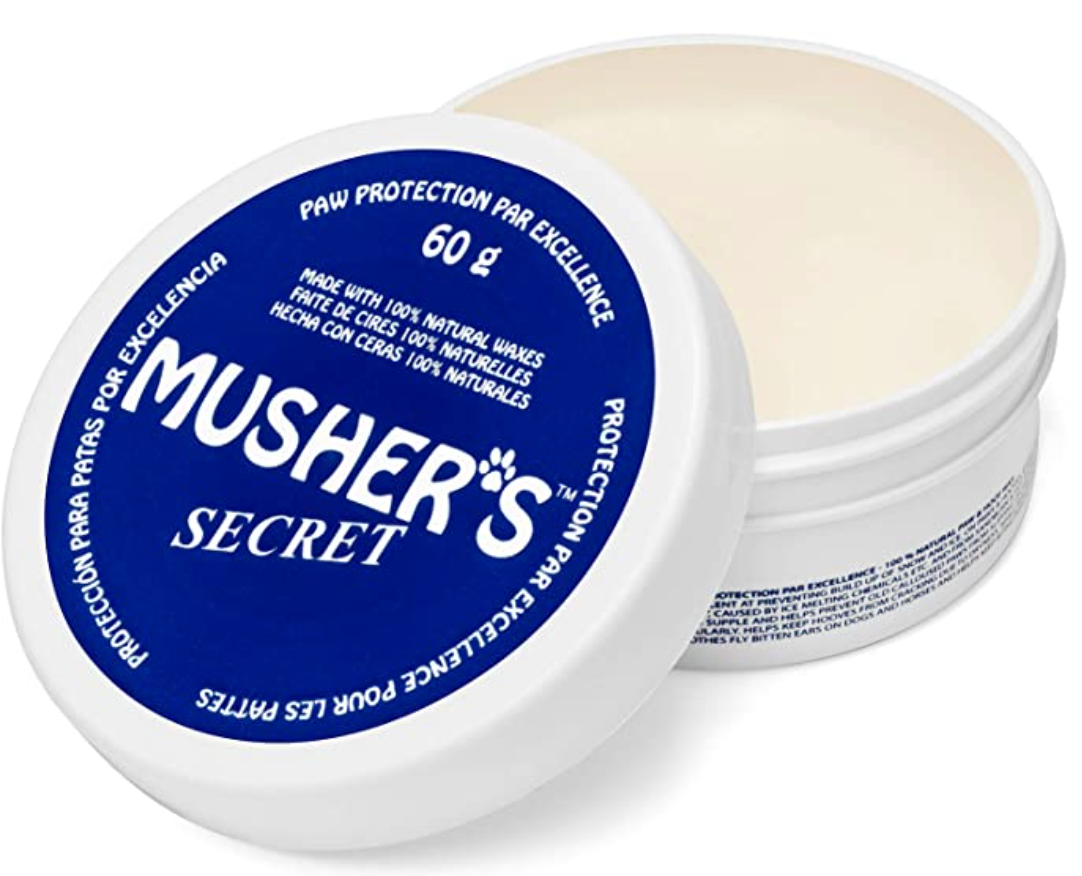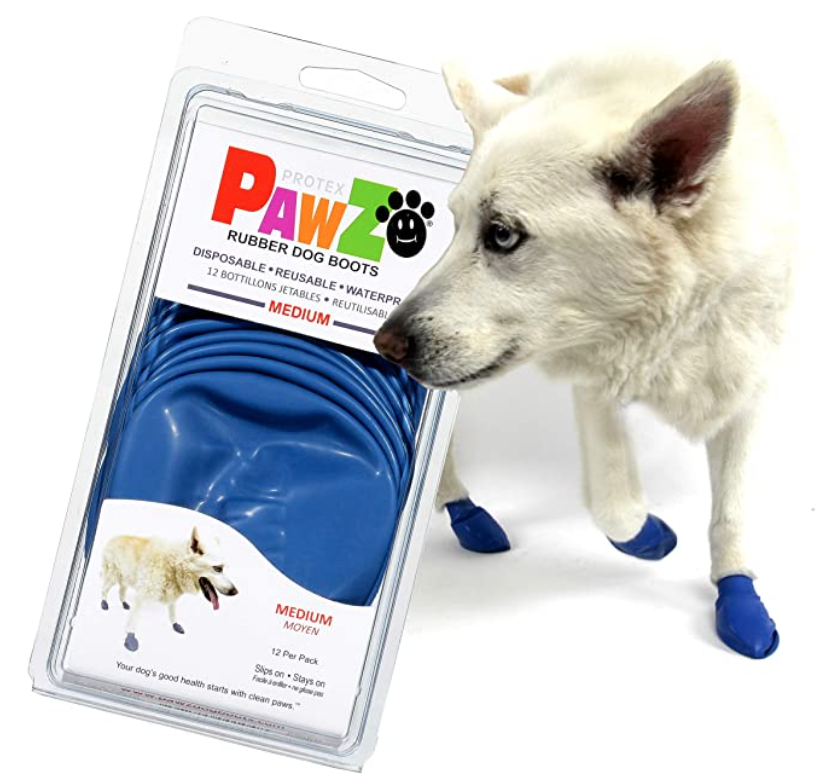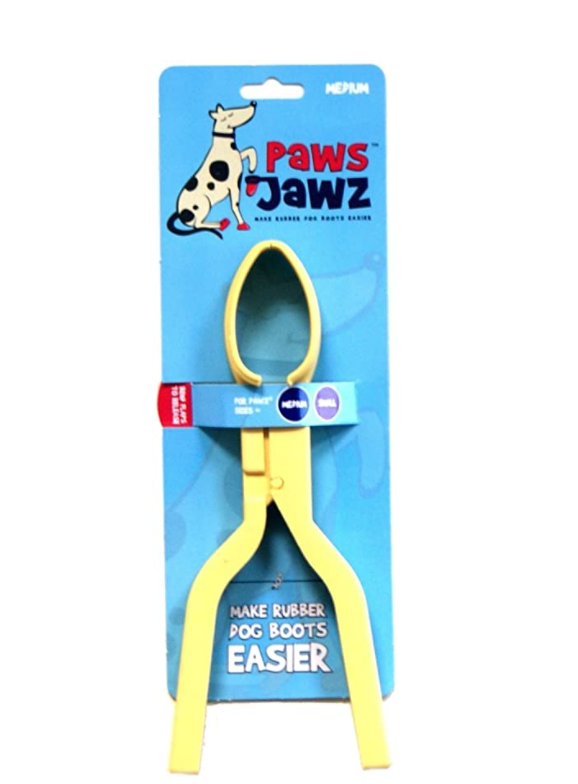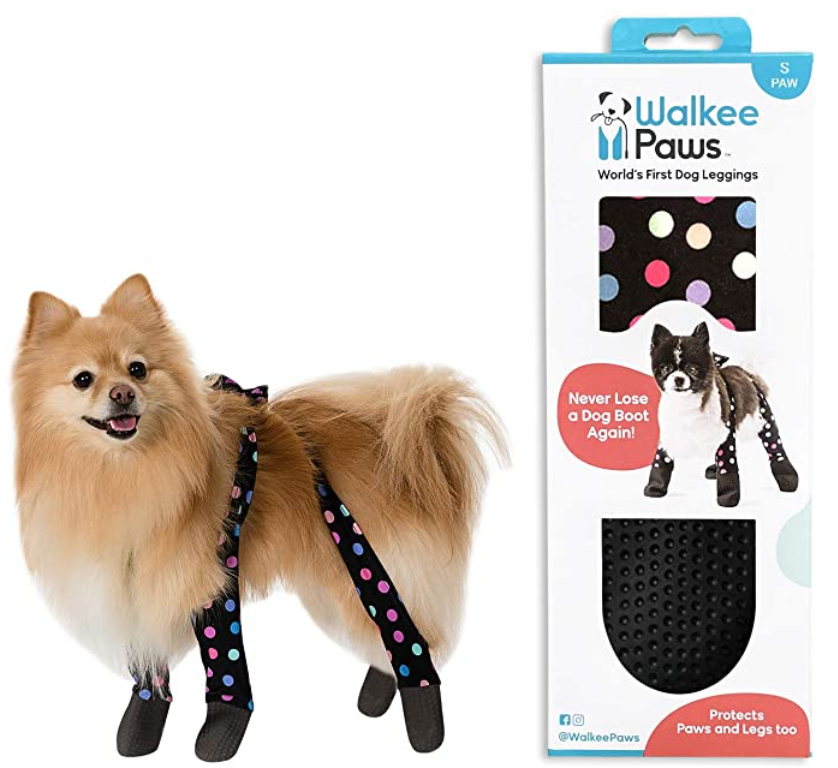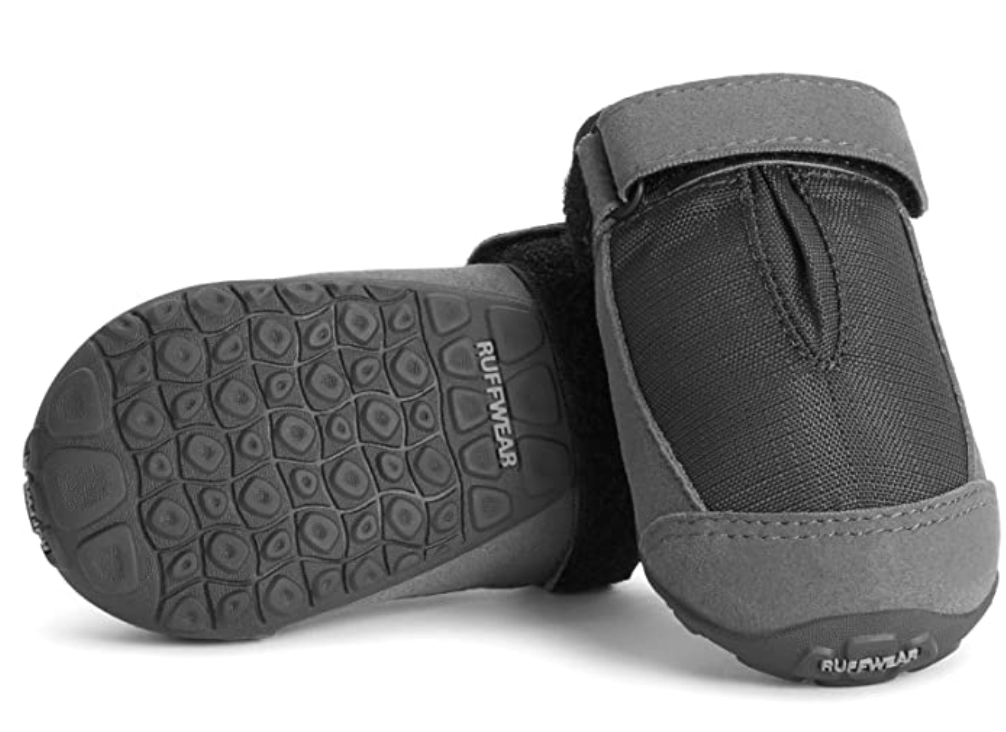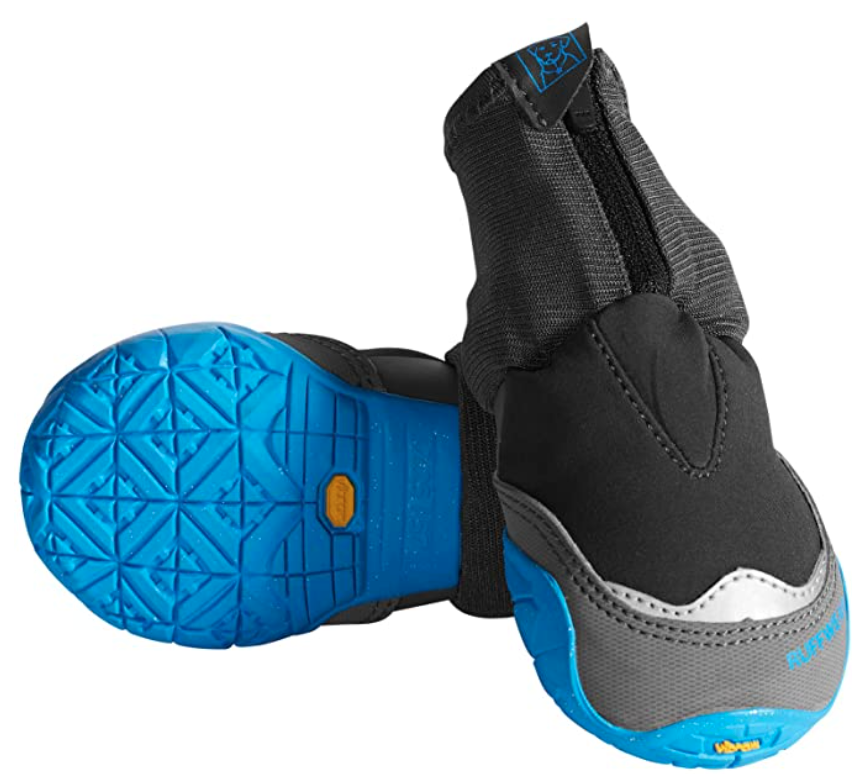Is There Anything Cuter Than A Snowy Snout? Keeping Your Dog Safe and Comfortable in Cold Weather
There is nothing we love more than seeing a pup romping through the snow! For the cold-weather-loving doggo, if you’re taking them on excursions it's important to make sure they are properly outfitted for the conditions. For the pup who is less inclined to enjoy chilly temperatures, helping them to feel comfortable outside might be the difference between a successful potty break and an accident indoors. Either way, we are here to help! We have compiled a list of cold-weather gear that will keep your dog feeling safe and comfortable during the winter months.
Many of the products listed are affiliate links, which means we may receive a small commission if you purchase them. All of these recommendations have been tested and approved by Paws for Thought. We would not recommend them if we were not dependent on them ourselves!
Winter Apparel
Many people ask whether dog clothing is fashionable or functional. Here at Paws for Thought we are really only using dog apparel for function. Keep in mind that most dogs do not inferently like wearing sweaters or booties, so they should be used only when necessary and we always want to create a positive association with these items before requiring they wear them.
Starting with sweaters and jackets, we like to have a few different options on hand depending on the activities we are doing and the temperature. We recommend exploring the different options, and maybe even layering them for maximum comfort. One note - dogs with handling sensitivities may prefer outerwear that does not need to be pulled over their heads. For example, jackets with zippers, or velcro closures may be preferred.
Light Weight Options:
Love Thy Beast Knit Wool Sweater
Ruffwear Water Resistant Overcoat
Ruffwear Climate Changer Fleece
Medium- Heavy Weight Options
Next up we have foot protection. Dog booties can serve many purposes. For city dogs, they are useful in protecting dog paws from the salt sprayed on the sidewalk to prevent ice from forming. For rural pups, dog booties can be super helpful in keeping paws warm, and protected from snow chunks developing betweens pads or abrasions from rocky surfaces. Quick note: The key to making sure dog boots are comfortable and functional is to ensure your dogs nails are properly trimmed and that they are wearing the right size boot. Always consult the fit guide!
Arranged in Order from Least Protective to Most:
Musher’s Wax (for dogs who are not comfortable wearing boots quite yet)
Pawz Dog Boots + Jaws for Pawz Fitting Helper
Ruffwear Polartrex Winter Dog Boots
Getting Your Dog Comfortable in Their New Apparel
Dog clothing isn’t very functional unless it’s being worn. If you are having trouble getting your dog to wear their new coat it might be because they don’t like it very much! We can help our dogs feel more comfortable with clothing by creating a positive association with it.
Creating a Positive Association with Clothing
Always start slowing when building positive associations. A very easy way to start building a positive association with an item is to bring it out during mealtime, playtime, or training. At first, you will not be putting the item on your dog. Simply place it near their bowl before you set down their food or hold it in your left hand while you play fetch with your right hand. By doing this, you will create an association between the item and a fun activity. Your dog should see the item come out and get excited because the item now predicts good things.
You will eventually want to start pairing the approach of the item with good things. You can also teach your dog to take part in the act of dressing. For example, we often teach dogs to poke their noses through the head holes of jackets or place their paws in jacket holes voluntarily. In the case of booties, we also recommend getting your dog comfortable with regular paw handling.
Paw Handling
Once again, you will want to start small with this. Work on getting your dog comfortable with you touching their paw by pairing gentle pressure on the paw with the delivery of treats. If your dog has the tendency to offer their paw to you, you can start reinforcing this. If your dog paws you often or knows a cue for the “paw” behavior, build duration for this behavior by counting for a few seconds with your dog’s paw in your hand before marking and rewarding them for this skill. Once your dog is comfortable leaving their paw in your hand for several seconds, you can begin to introduce the idea of a bootie or musher’s wax moving toward the paw.



